Latest Inventions That Brings Life to Mobile Apps Business
Explores latest innovations and the importance of integrating advanced technologies to stay competitive is emphasized.
Randa Victor
7/12/20177 min read
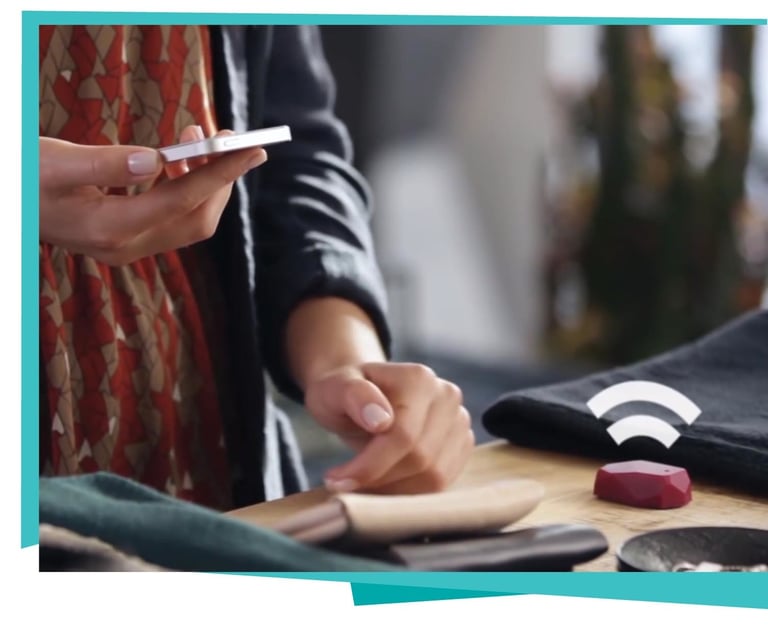

iBeacons
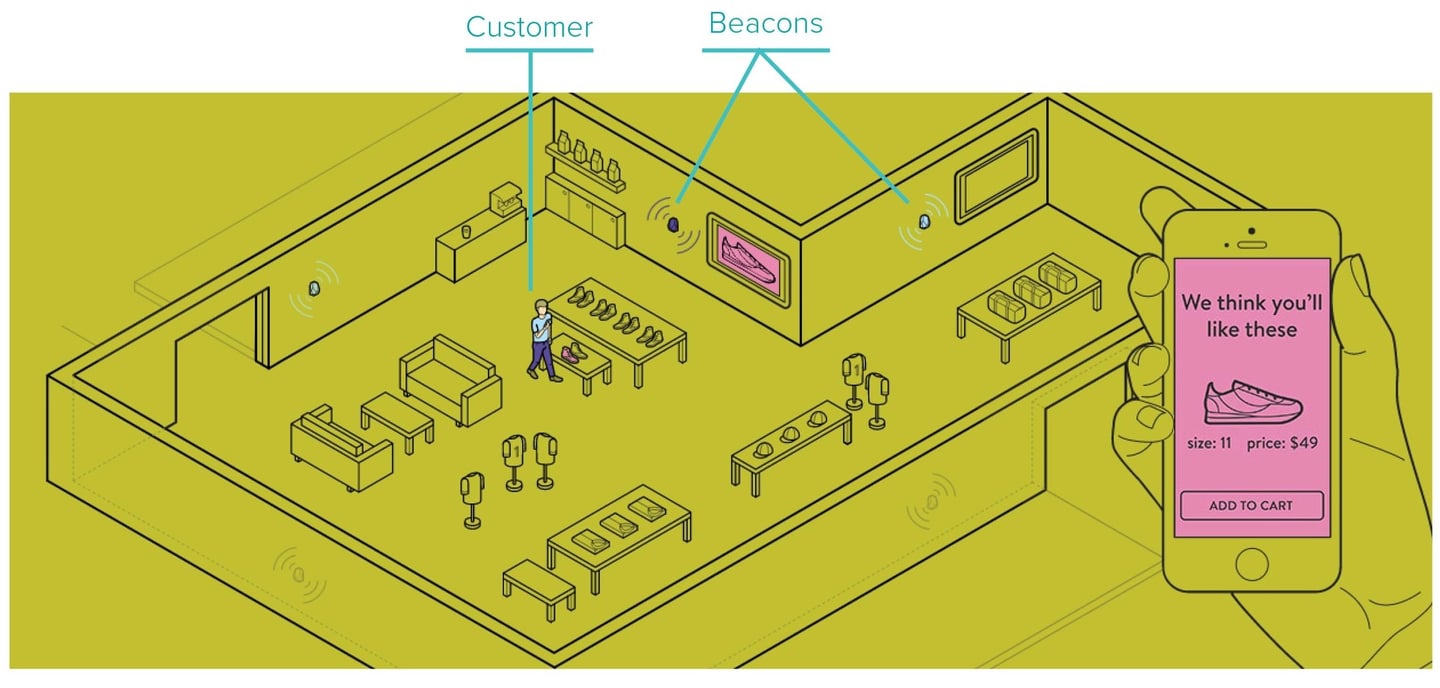

What is it?
iBeacon is a brand name created by Apple for a specific technology, that technology allows mobile apps to recognise a near iPhone in a small wireless sensor called a beacon. The beacon can transmit data to an iPhone (or any mobile device) - and visa versa.
The beacon transmit signals based on micro-location and contextual awareness.
Use case:
Estimote’s scenario: Say you own an iPhone and you’re walking by a cloths shop that has a beacon. When you enter that beacon’s zone, the beacon will transmit special offer to your iPhone via the shop app and direct you to the product location. The beacon transmit signals based on micro-location and contextual awareness.
Mostly used to:
Send offers and discounts to a customer when near a product or a certain shelf.
Super fast check-in at events with geo fencing.
Unlock doors or enable certain services.
Provide virtual concierge.
Track anything.
Support assistance for disabled or blind people.
Navigate through an indoor mapping: An emergency occurs, and first responders can more quickly navigate to where the issue occurred.
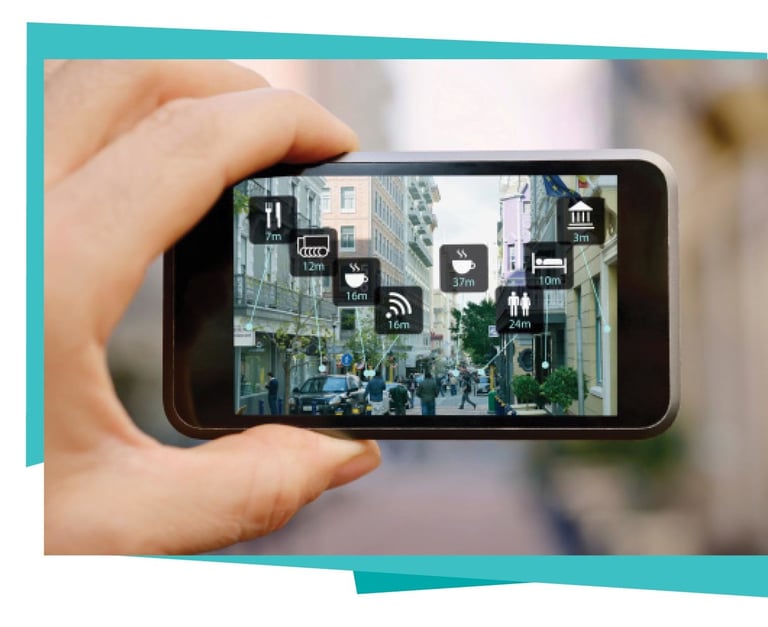

Augmented Reality (AR)
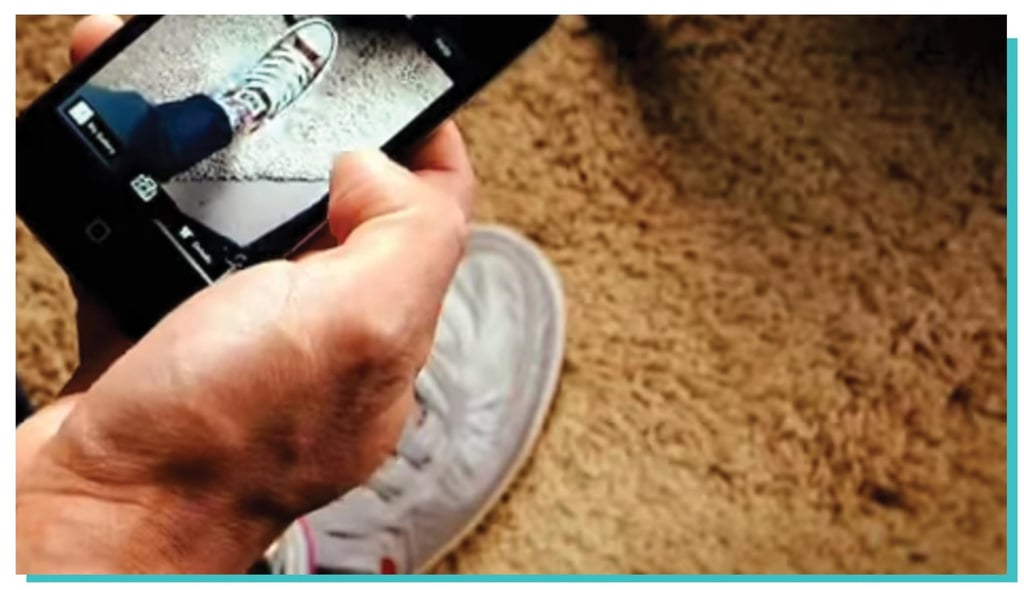

What is it?
AR is a real life view adding to it topical, relevant information, creating something massively more useful.
It keeps the real world but only adds a digital layer to it or amplifies it.
Augmented reality gives an actual information without changing or displacing the real world experience.
Use case:
Converse Shoe Sampler: The Converse Sampler iPhone App uses augmented reality to allow shoppers to virtually try on any trainer from their range, simply by pointing their phone at their leg. Customers simply select a shoe from the app’s catalogue and see it appear on their foot. Customers can even buy directly through the app, meaning they don’t need to leave their homes.
Mostly used to:
Embed text, images, and videos.
Display digital content on top of real world magazines.
Access real-time information of historical places just by pointing their camera viewfinder to subjects.
Access information about nearest places relative to current location.
Develop real-time 3D Games, With the help of Unity 3d Engine. (i.e. pokemon go)
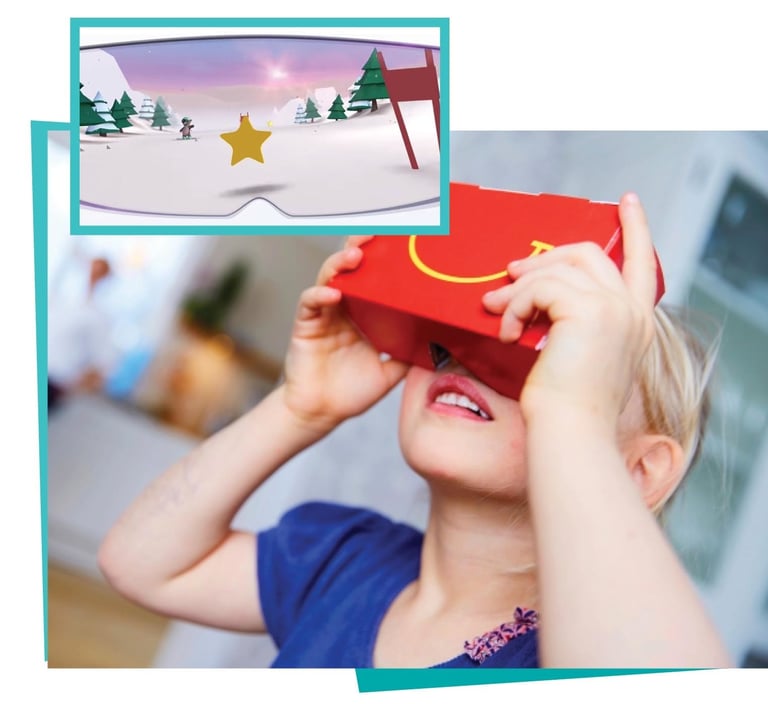

Visual Reality (VR)
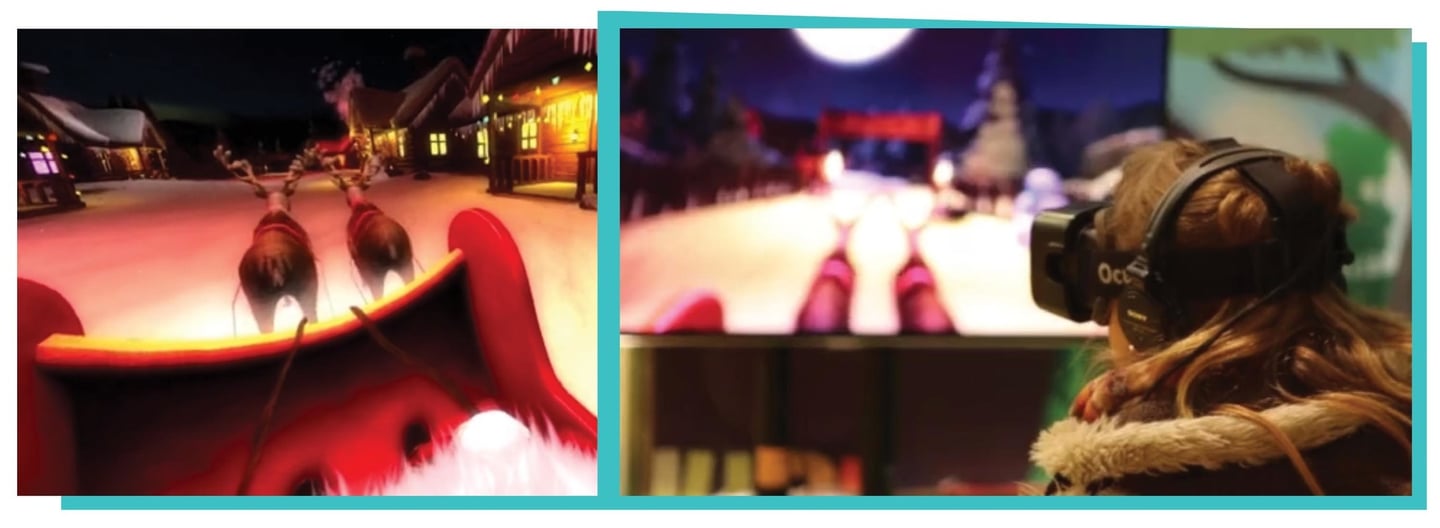

What is it?
Virtual reality is an artificial environment, experienced through sight and sound presented to the user in such a way that the user suspends belief and accepts it as a real environment.
In a virtual reality environment, a user experiences immersion, or the feeling of being inside and a part of that world.
Use case:
McDonald’s in Sweden are now making happy meal boxes that turn into VR headsets for skiing
Coca Cola’s Santa’s Virtual Reality Sleigh Ride: Last Christmas, Coca Cola created a virtual reality sleigh ride. Using Oculus Rift, thousand of people all over Poland were immersed in this virtual world and were Santa Claus for a day!
It is like a roller coaster ride but you are Santa Claus flying over the country and into different villages.
Mostly used to:
Encompasses healthcare surgery simulation.
Train many sports, a training aid for sports such as golf, athletics, skiing, cycling etc.
Offer virtual walk-through and open houses by real estate firms.
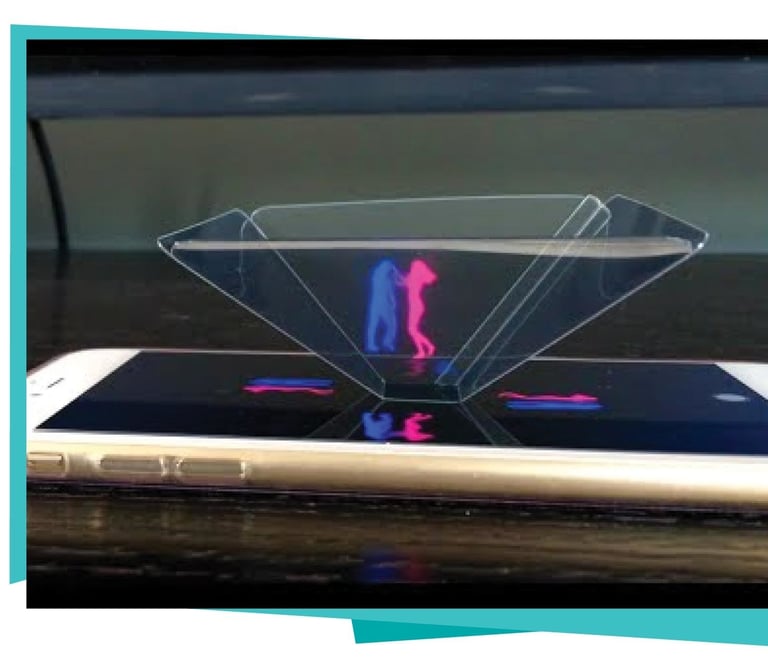

Hologram
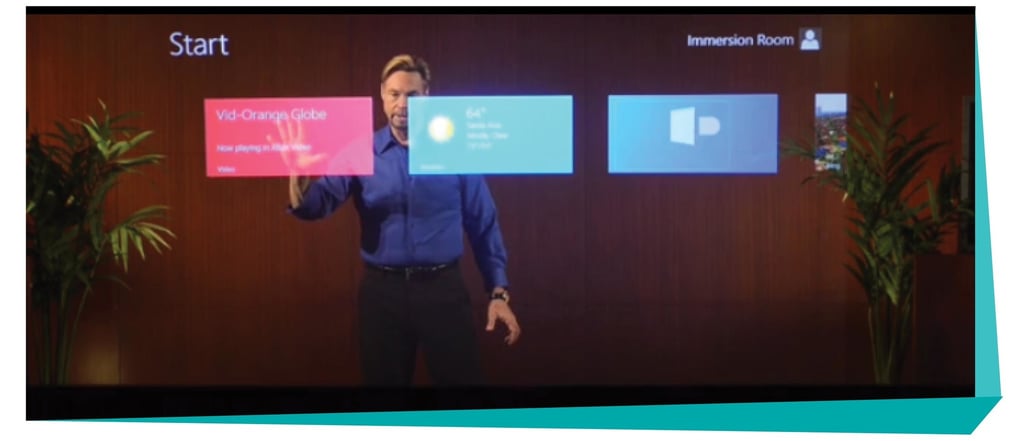

What is it?
A hologram is a three-dimensional image, created with photographic projection.
It is a free-standing image that does not simulate spatial depth or require a special viewing device. Theoretically, holograms could someday be transmitted electronically to a special display device in your home and business.
Use case:
Holographic Presentation Room Powered By Microsoft And DVE: Digital Video Enterprises (DVE) room created a Holographic Presentation Room for the enterprises. In this room you can see Microsoft bring projected in the air and people can even interact with it. They are making use of Lync, Kinect and DVE’s patented technology to offer this kind of experience.
Mostly used to:
Project trade shows and special events.
Create a holographic conference rooms.
Test construction materials and how something will hold so much weight.
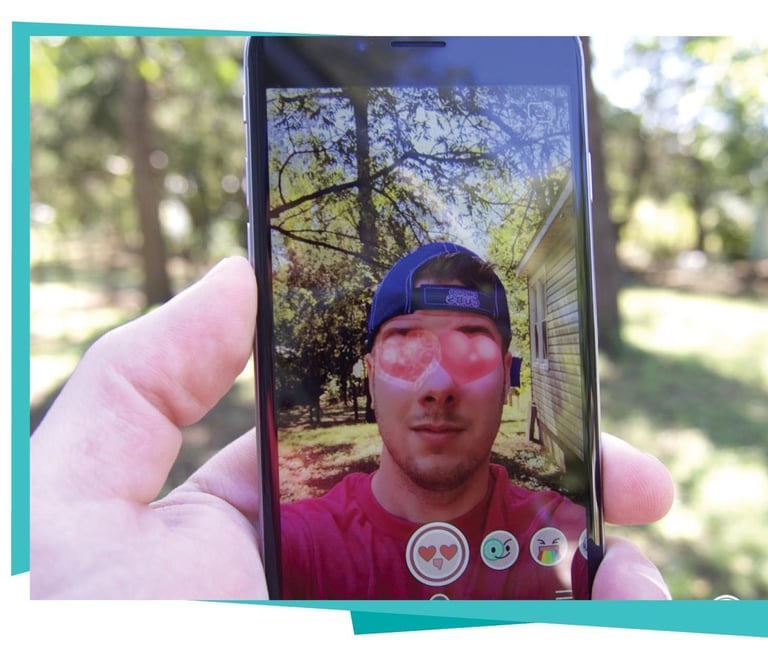

Facial recognition
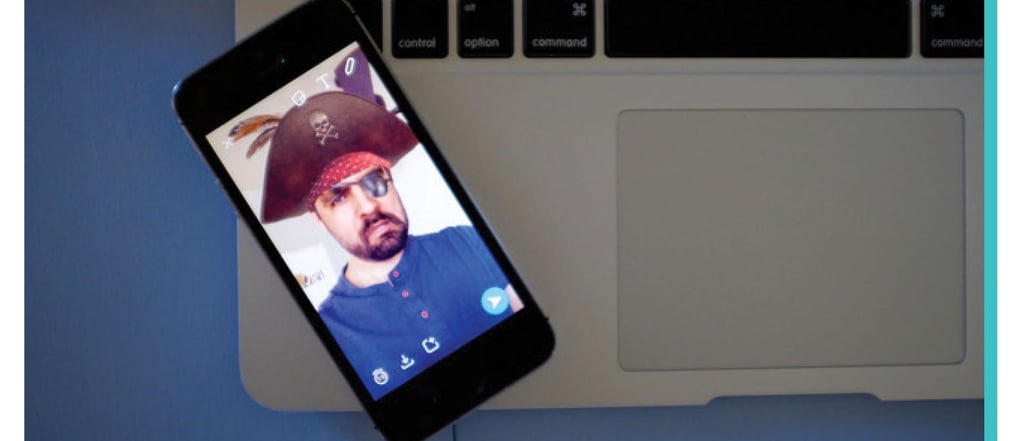

What is it?
Facial recognition (or face recognition) is a biometric method of identifying an individual by comparing live capture or digital image data with the stored record for that person.
It's been creatively used in fun apps to take selfie photos while adding different animated effects to add it.
Use case:
Snapchat Selfie lenses: Snapchat added the selfie lenses to it's app, so it can now do things like transmogrify your boring mug into a cute puppy or shoot rainbows out of your mouth. It’s a novelty that wears off quickly, so Snapchat continually introduces new lenses to keep the experience fresh.
Mostly used to:
Take selfie with celebrates, predefined on the app.
Tourists can take selfie photos with attractions around them.
Add funny objects to your personal photo, such as diving goggles.
User authenticator with face login.
Detect a photo when they are being smiled at.
Tag friends or mention on social media networks.
Rapidly take attendance of a class or accessing secured area.
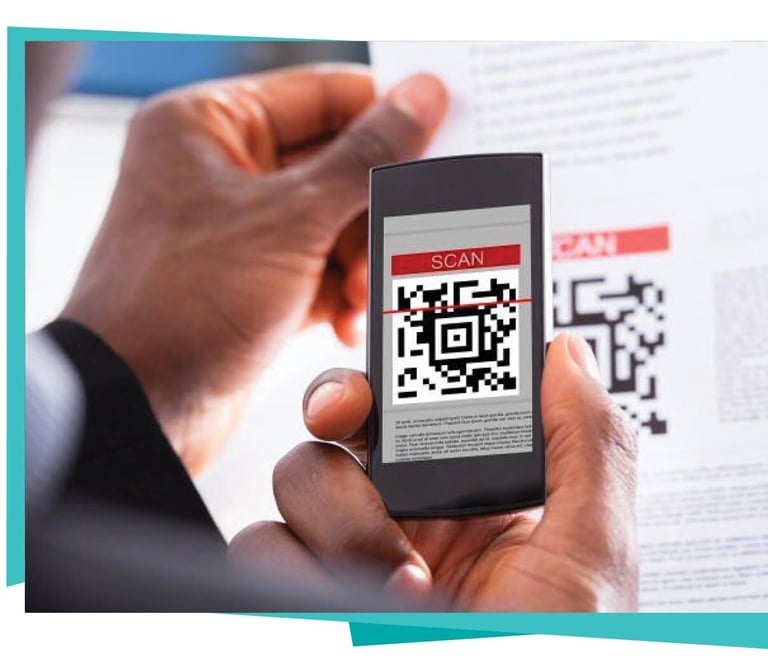

Code scanning
(Barcodes or QR codes)
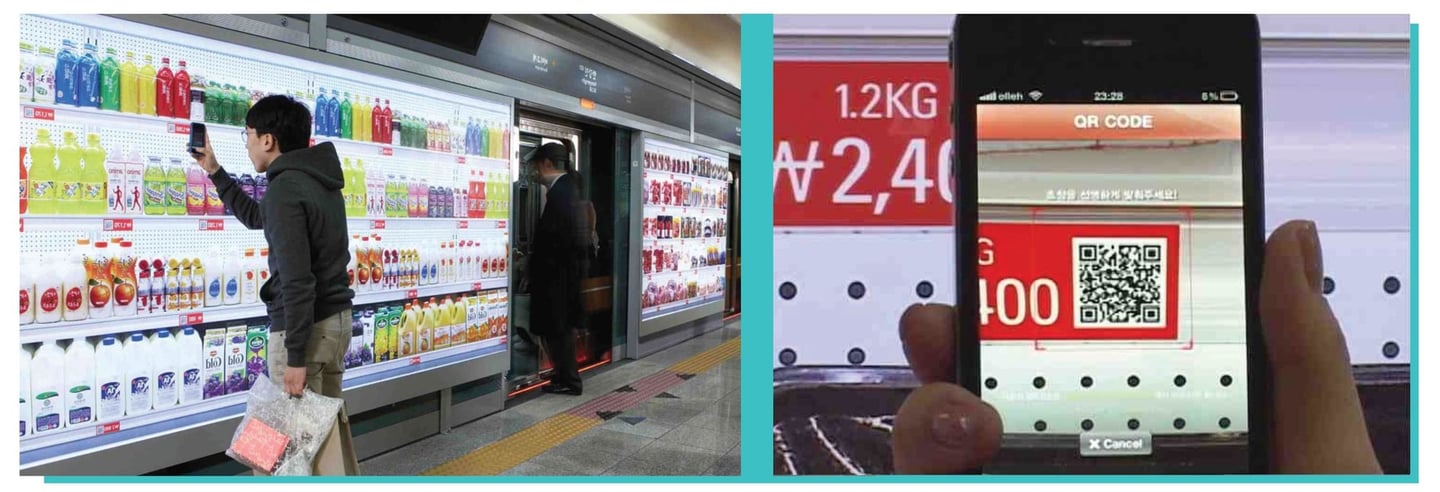

What is it?
In this process the smartphone’s owner points the phone at a QR code or a Barcode to scan it from any wall or a paper, the user opens the Barcode/QR reader app which works in conjunction with the phone’s camera. The reader interprets the code, which typically contains a call to action such as an invitation to download a mobile application, a link to view a video or an SMS message inviting the viewer to respond to a poll.
Use case:
Homeplus Subway Virtual Store: In Korea Homeplus created a virtual store for smartphone users in a subway. While waiting for the train, mobile users could use their phone’s QR code reader to scan and add items to their shopping lists for purchase.
Mostly used to:
Easily share business cards and workstations.
Download and scan additional supplementary learning or references materials from the codes on e-learning course screens.
Show videos or quick reference on machine packagings and components through scanning their codes.
Scan the code to know where you parked your car.
Retrieve information about a product. (i.e. MyFitnessPal )
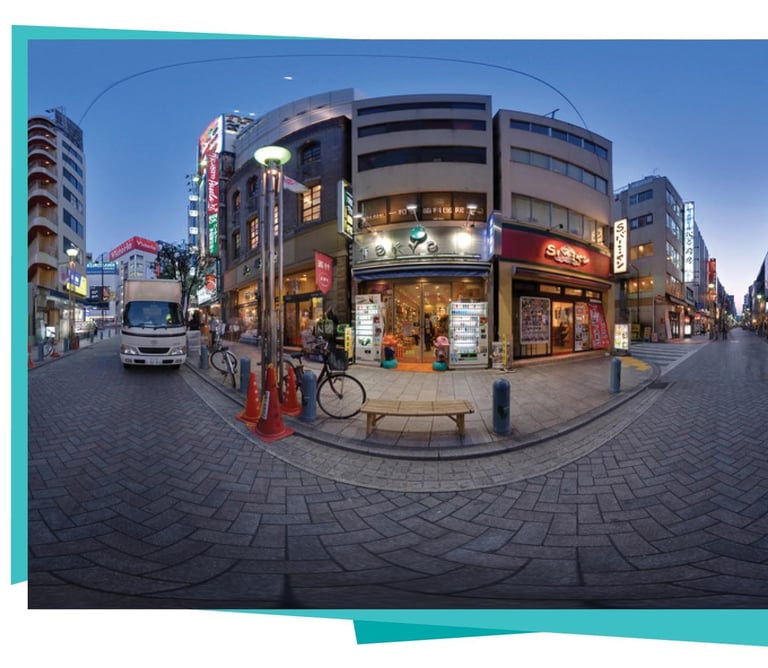

360-degree photo
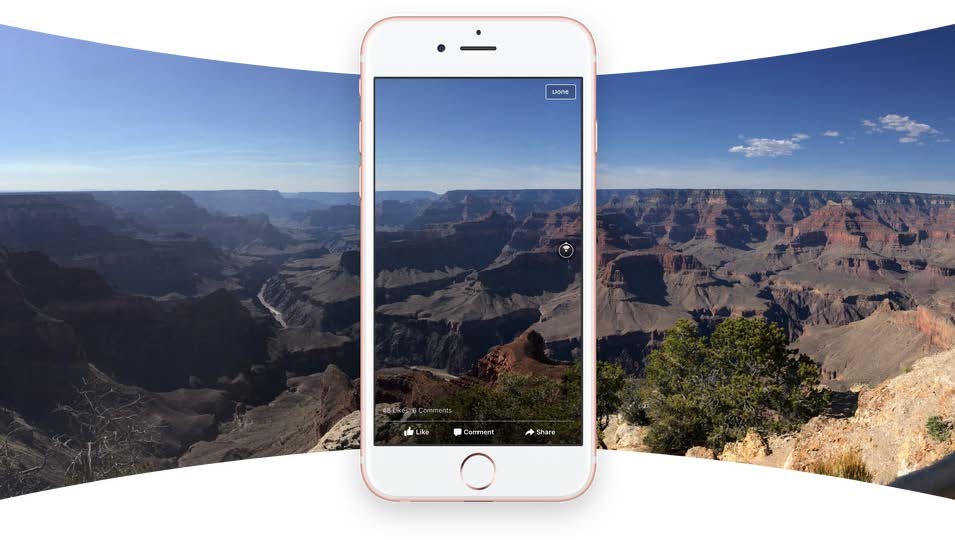

What is it?
A 360-degree photo is a controllable panoramic image that surrounds the original point from which the shot was taken.
360-degree photos simulate being in the shoes of a photographer and looking around to the left, right, up and down as desired as well as sometimes zooming. The viewer clicks any point on the image to drag it in the desired direction.
Use case:
360 Photos on Facebook: Users can now share 360 photos on Facebook. They can simply take a panorama with their phone or capture a 360-degree photo using a 360 photo app or 360 camera, and then post it on Facebook as a normal photo. From there, Facebook will convert it to an immersive 360 photo that people can explore.
Mostly used to:
Show case and event hall.
Create hotels, resorts and touristic attractions virtual tour.
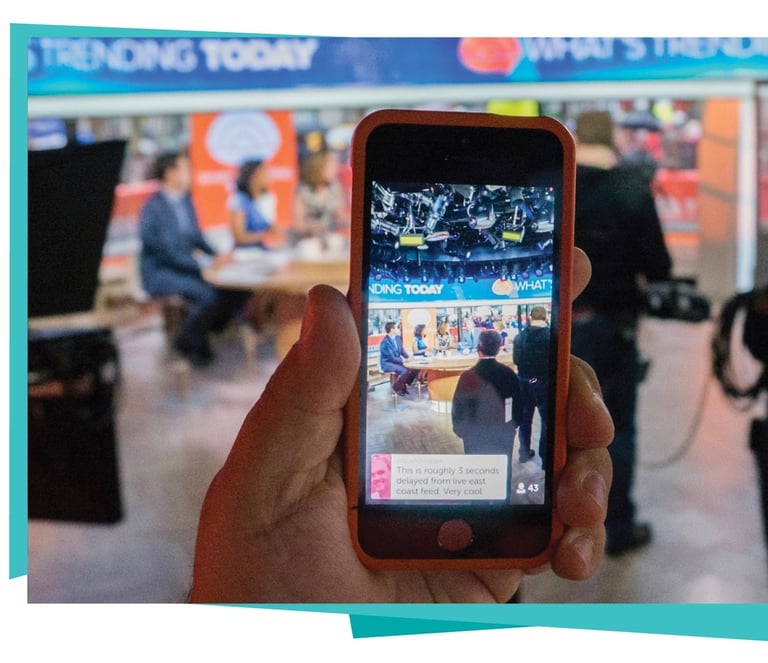

Periscope
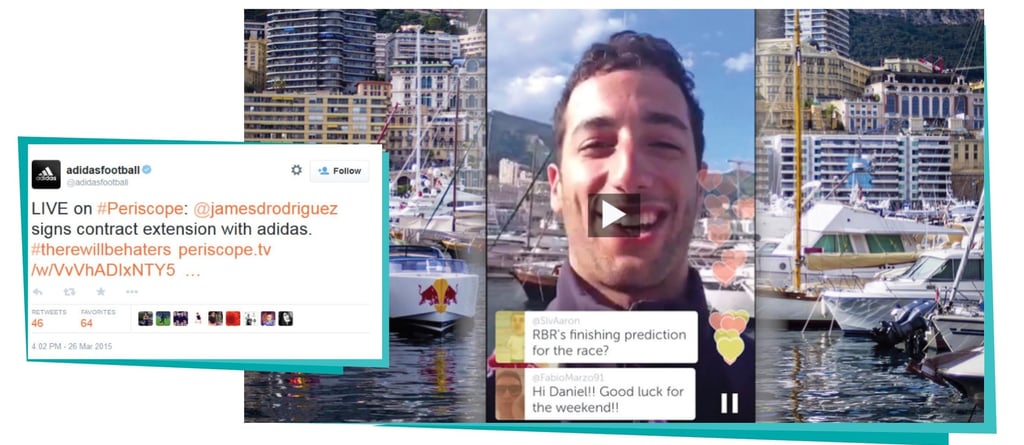

What is it?
A live streaming mobile video technique initiated by Twitter, which allows the user to talk in front of a live audience, the app enables the user to create his/her own broadcasting station, in addition to streaming video and audio to any viewers who join the broadcast, yet the viewers can share comments right through the streaming view.
Periscope is an app that truly takes advantage of its mobile platform incorporating notifications and location as well as social sharing, live discussions and feedback.
Use case:
Adidas and Periscope: Adidas was the first major sports company to jump on board the Periscope bandwagon. Its first broadcast was especially interesting: it lasted just 20 seconds, and covered some unusual subject matter.
Mostly used to:
Create “how to”& tutorials videos.
Create brand release videos.
Stream videos same as a Podcast.
Create product demos.
Showcase offers.
Stream live events.
Stream webinars.
Announce exclusive offers.
This research has been initiated at the end of 2016 and still adding to it day by day while going through more creations, technologies and inventions that keep me always amazed!
I've been working closely with these additions, and I thought that it would be great to consolidate all the experience into one article for everyone to get a good use out of it, build on it and enhance it.
Hope it adds to you!
— Randa Victor, July 2017
Let's collaborate on your next design project.
Let's talk
Hello@randavictor.com
© 2025. All rights reserved.